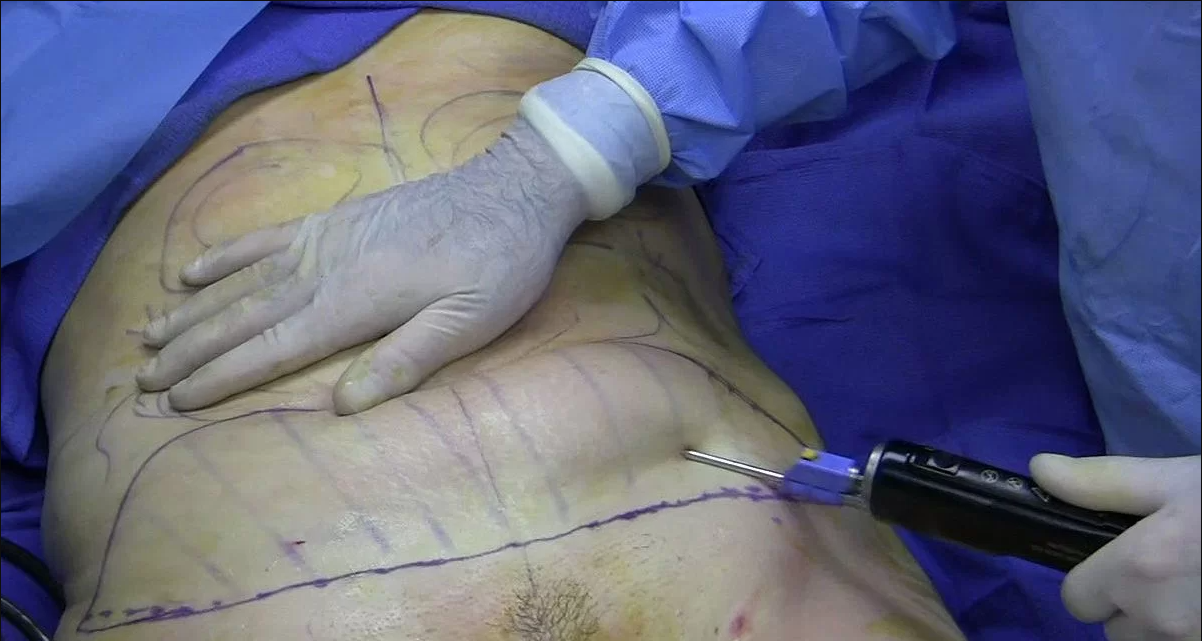Master the Art of Safe Patient Transfers: Comprehensive Guide to People Moving and Handling Train the Trainer Course

It appears that you’re interested in mastering the art of safe patient transfers and possibly becoming a trainer in people moving and handling. This is an essential skill in healthcare and related fields to ensure the safety and well-being of both patients and healthcare professionals. Below is a comprehensive guide on how you can achieve this goal.
Step 1: Gain Relevant Knowledge and Experience
- Educational Background: Start by obtaining a relevant educational background in healthcare or a related field. This could be a degree in nursing, physical therapy, occupational therapy, or a similar discipline.
- Clinical Experience: Gain practical experience in patient care. Working in a hospital or healthcare setting will provide you with valuable exposure to patient transfers and handling techniques.
- Certifications: Consider pursuing certifications related to patient handling and transfers, such as Certified Nursing Assistant (CNA), Certified Occupational Therapy Assistant (COTA), or other relevant certifications in your region.
Step 2: Understand the Importance of Safe Patient Transfers
- Study Regulations: Familiarize yourself with local and national regulations regarding patient transfers and handling. These regulations often dictate specific protocols and standards for safe practices.
- Infection Control: Understand the importance of infection control and how it relates to patient transfers, especially in the context of healthcare-associated infections (HAIs).
- Risk Assessment: Learn how to conduct risk assessments to determine the appropriate transfer methods for each patient, taking into account their physical condition and mobility.
Step 3: Take a Train the Trainer Course
- Research Programs: Look for reputable train the trainer programs focused on people moving and handling. These courses are designed to equip you with the knowledge and skills required to train others in this area.
- Course Curriculum: Choose a program that covers a comprehensive curriculum, including theoretical knowledge, practical skills, teaching techniques, and assessment methods.
- Instructor Certification: Upon completing the train the trainer course, you should receive instructor certification, allowing you to teach others.
Step 4: Develop Teaching Skills
- Effective Communication: Enhance your communication skills as a trainer. Being able to convey information clearly and effectively is crucial when teaching others.
- Practical Demonstrations: Learn how to demonstrate patient transfer techniques effectively. Hands-on practice is often the most effective way to convey these skills.
- Assessment and Feedback: Understand how to assess trainees’ skills and provide constructive feedback for improvement.
Step 5: Create Training Materials
- Curriculum Development: Develop a comprehensive training curriculum that covers all aspects of safe patient transfers, including theoretical knowledge, practical skills, and assessments.
- Visual Aids: Create visual aids and training materials such as videos, posters, and presentations to support your training sessions.
Step 6: Deliver Training
- Choose a Venue: Determine the appropriate setting for your training sessions. This could be within a healthcare facility, at a training center, or virtually.
- Advertise: Promote your training program to potential participants, including healthcare professionals, caregivers, and institutions in need of your services.
- Teach and Assess: Conduct training sessions, incorporating both theoretical and practical components. Assess participants’ understanding and skills throughout the course.
Step 7: Continuous Improvement
- Stay Updated: Keep yourself updated with the latest developments in patient handling and transfer techniques. Healthcare is an evolving field, and it’s important to stay current.
- Feedback Loop: Gather feedback from participants and use it to improve your training program continually.
- Recertification: Ensure that you maintain your instructor certification by meeting any ongoing requirements or renewals specified by the certifying body.
Becoming a trainer in people moving and handling is a rewarding endeavor that allows you to contribute to the safety and well-being of patients and healthcare professionals. Remember that safety and proper technique should always be the top priorities in this field.




